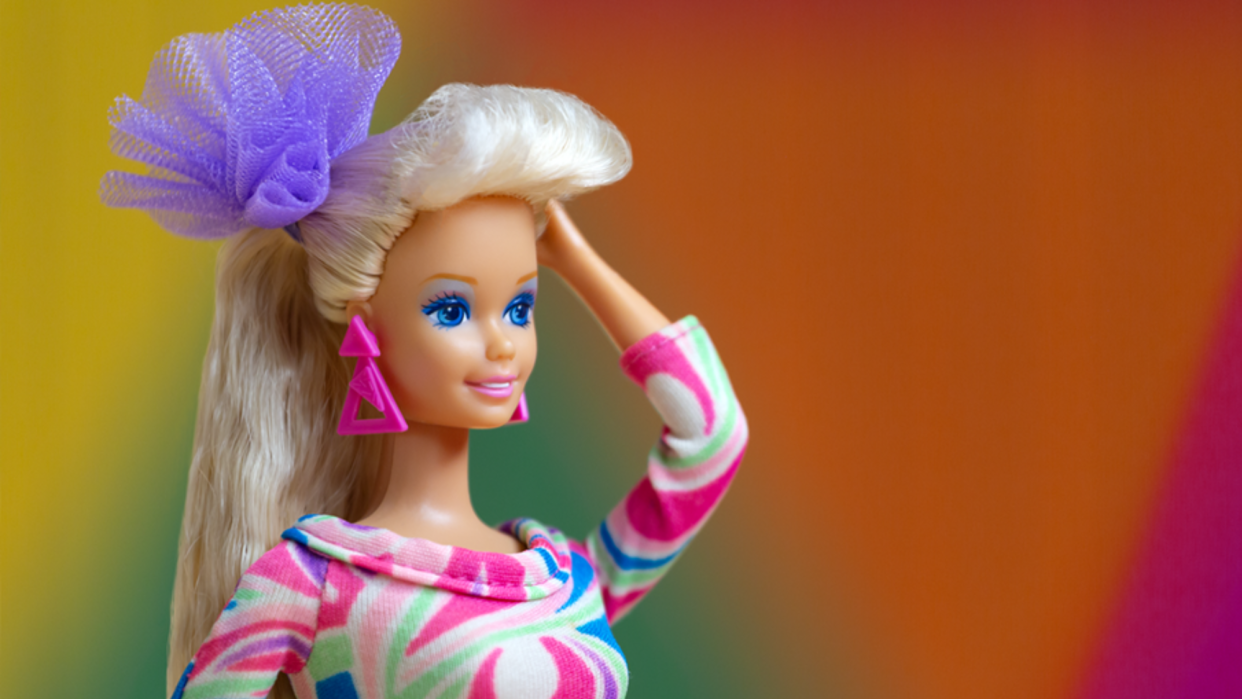Barbie: The Exhibition – 'just the thing for the summer holidays'

After Greta Gerwig's box-office smash, haven't we had enough of Barbie? The arrival of a sprawling new exhibition at London's Design Museum dedicated to the doll might feel a bit soon.
But, said Laura Freeman in The Times, "Barbie: The Exhibition" is "fun, glossy, nostalgic, escapist and just the thing for the summer holidays".
Created in partnership with Barbie's parent company, Mattel, the show delves into the background of the "11.5in leggy blonde", examining how the iconic toy has evolved and the surprising influence she's had on trends in fashion and design, said India Lawrence in Time Out. An "astounding" level of detail goes into the figurines, and the miniature clothes are better quality than much of the fast fashion on the high street.
Yet at times, the exhibition feels like a "big advert for Mattel", and much of the gallery text "reads as if it's been lifted straight out of a press release". Instead of acknowledging that "not everything in Barbieland is and always has been perfect", visitors are "spoon-fed" Mattel's rosy vision of how Barbie is a trailblazing toy that is "always ahead of the curve".
While it is "stylishly staged", said Alastair Sooke in The Telegraph, the exhibition "lacks the bite or wit" of Greta Gerwig's hit film, and the often "toothless interpretation" comes across like "smug, corporate hogwash". Anything that is "potentially troublesome" for the brand is conveniently airbrushed out. By the end, after being "whacked over the head with the marketing mallet" for the "umpteenth time", I searched fruitlessly in the gift shop for a "pink sick bucket".
But aside from the "incessant promotion", there are enjoyable elements to the show. The exhibition kicks off with the original doll from 1959 in a stripy black-and-white swimsuit and places her evolution within the wider world of design. The 1978 A-frame DreamHouse, for example, is connected to architect Frank Gehry's early work, while a pair of green-and-magenta squidgy lounge chairs are said to be influenced by Finnish designer Eero Aarnio's plastic Pastil chair.
Ultimately, said Lawrence in Time Out, while "Barbie: The Exhibition" is a "joyful celebration" of fashion, design and girlhood, you're left with the lingering impression that when it comes to Barbie, profit comes above all else. "Yes, she can be anything. Just as long as Mattel gives her the green light first."


